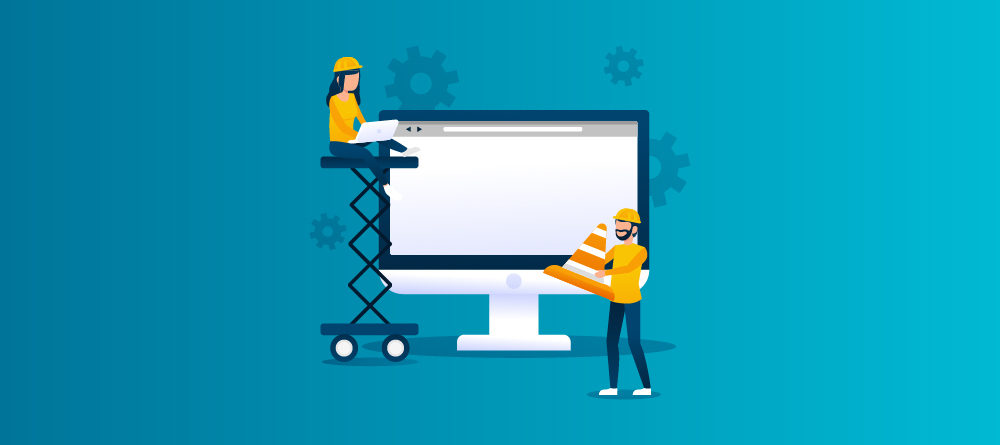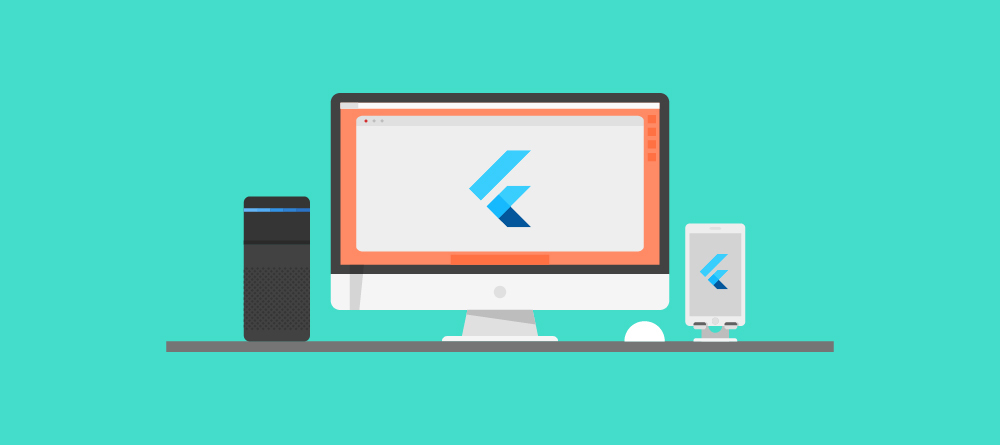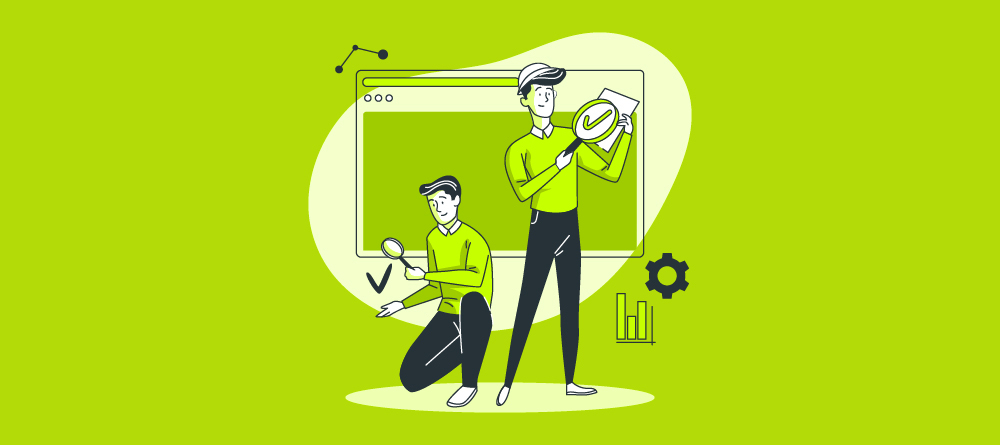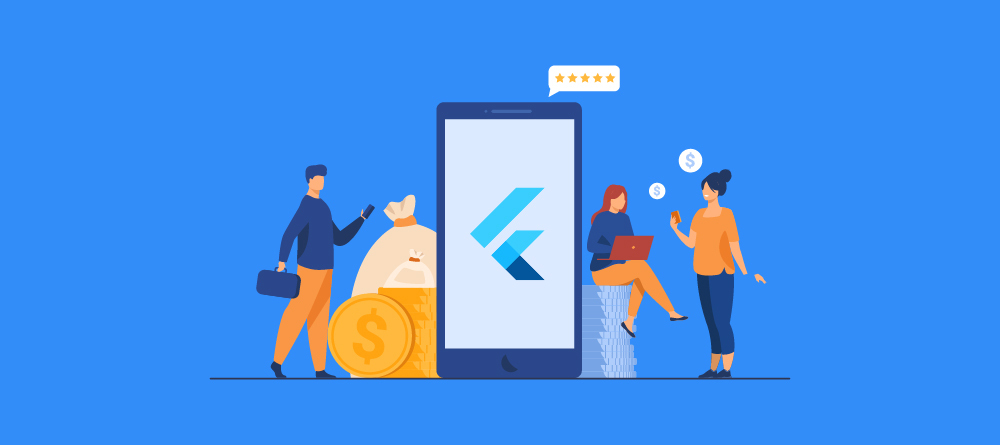How Much Does It Cost to Develop and Maintain a Flutter App?

Share This Article
Table of Contents
Subscribe to Our Blog
We're committed to your privacy. SayOne uses the information you provide to us to contact you about our relevant content, products, and services. check out our privacy policy.
Flutter, the Google UI toolkit, is well-known for its endless list of advantages over other cross-platform technologies. As you chase the dream of building the perfect business app, Flutter crosses your path as a promising cross-platform technology.
Cross-platform technologies are being used more because of the time-efficiency and cost- saving properties they exhibit. Who does not want to save time and money? Till recently all scales tilted in favour of native apps because of their superior performance. It is not any longer as cross-platform technologies have been observed to bring more power to the developers.
So, does Flutter actually reduce the cost of application development? Above all, how much does it cost to build a Flutter app in 2021? Let us examine the factors that matter.

What makes Flutter a Cost-Effective Development Platform
There are several factors that play a role when using Flutter for cross-platform apps. I have listed a few of them below.Single Codebase Flutter allows developers to write code just once for app development which can then be used on both Android and iOS platforms. This reduces time to write code for the different platforms, lessens time for testing the app on these platforms and consequently results in a reduction of costs.
Free & Open Source
The open-source nature of the Flutter platform makes it easy to post and view documentation as well as issues that would elicit appropriate responses from expert developers. This also enables developers to gain access to hundreds of third-party packages for ads, videos, databases, the cloud, etc., for absolutely free. These options directly translate into an increase in developer efficiency and productivity which results in cost savings and reduced development time.
Read our blog : Most prominent reasons apps fail
Using Flutter, therefore, demonstrates the low-cost scalability benefits that any business would ideally prefer in any scenario.

Multi-purposeful - Flutter for the Web & Mobile
With the release of Flutter 1.0, Google has extended the capability of Flutter beyond just development for the mobile. As an early-stage project, Desktop Embedding brings Flutter to desktop operating systems such as macOS, Windows, and Linux. In my previous blog on Flutter Live 2018: Everything You Need to Know, you can further read about the latest updates on Flutter regarding Desktop Embedding and Hummingbird.
Flutter’s web support delivers the same experience on the web as on the mobile. So you can build apps from the same codebase for your browser as well.
Faster Design & Development
Your decision to build a business application is purely based on a market need, and the faster your app reaches the audience, the more impact it has on the market. The initial customer response helps you understand their experience and expectations with your app. In Flutter 1.0, a major expansion of reusable material components of Flutter makes it a lot more expressive and flexible. And almost 95% of the Flutter code can be reused.
Read our blog : How to Set Up Your Offshore Development Center In India?
Flutter’s widget library makes code reusability even more convenient and easy. It takes only 25 seconds for full compilation and the hot reloading option updates the changes instantly on the app screen. This is an outstanding time-saving feature offered by Flutter.

Better Resource Utilization & Management
A single Flutter developer can do the job of an iOS and Android developer. This relieves the project manager of the psychological cost that comes from managing a big team for a single project.
With Flare in practice, there is better collaboration observed among the designers and developers. Both the designers and developers can work in a parallel mode to create beautiful native apps and there is no need for one tool to design and another to develop any more.
Quick Testing & Quality Assurance
Reduced time for quality assurance is a boon to both the development and quality assurance teams. The tests conducted on a single platform are quite enough to run it efficiently on other platforms as well. Thus, the time needed for application testing and quality assurance can be reduced substantially.

Less Maintenance Complexity
The simple code structure in Flutter eases the debugging process. Whenever an issue is spotted, the QA team can find its source in the nick of time. After resolving the issue, its hot reloading feature reflects the changes immediately on the application. Thus, you can keep your users unaware of the crisis with a flawlessly functioning app in front of them.
Read our blog : Can Your Enterprise choose Python for Software Development?
When it comes to scalability, the benefits are even more. The layered architecture in Flutter makes it easy to extend without additional cost-overheads.
Cost of developing a Flutter App in 2021

There are a number of factors that go into developing an app. In normal scenarios, a general estimate of the mobile app development cost can be calculated as:
No: of hours required for each SDLC process * Charge per hour of the resources required
The SDLC processes include UI/UX designing, platform-based application development, front-end, and back-end development, quality assurance, and production. The app development cost further depends on factors such as app complexity, UI requirements, mobile-specific features, user-generated content management, and external API integrations, developers’ location, platforms supported, etc. When we dive deep in, it becomes harder to
generalize the cost it takes to build an app, be it for the mobile or web.
Read our blog : Which cross platform framework to choose React Native vs. Flutter
Despite all of these, the app development cost is majorly dependent on the number of hours taken to finish each process. The more time consumed to finish the project, the more time and resources are utilized. This, in turn, savages the estimated budget for the application and puts the business in despair. Comparatively, Flutter takes only half the time to complete an application. As it comes in the form of a portable UI toolkit, it contains all the must-have features to build impressive native apps in a much shorter time.
In a normal scenario, building a small app with basic features would cost anywhere between USD 2000 and USD 10,000. However, building such an app in Flutter would cost just half the price. The availability of many attractive features for free and a fast development cycle further boosts the time-to-market and what you get is the best results for less cost. Be it a Minimum Viable Product (MVP), or a full-fledged enterprise application on Google, Flutter can meticulously build and maintain the application within your budget.
Features
Features are the main components of any app. This also decides the cost of the app to a large extent. Whereas some features take only minimum development effort, others take hundreds of hours of development effort. As an example, a photo upload feature takes close to 6 hours of the developers’ time. However, to apply a filter to the photograph, the development takes close to 80 hours.
Read our blog : The Benefits of Using a Web Application Framework
Some other expensive features that you can incorporate in the app are video/audio calls, text chat (160 hours), location map development (300 hours), and integration of payment gateways (70 hours). If the development cost is USD 50 per hour, you can estimate the cost of the app when these features are added.
Location of the developers
In the USA you have to pay approximately USD 200/hour to the developer; however, in India, Flutter developers charge at the rate of USD 40/hour. If you are thinking of outsourcing your Flutter project, India may be a good choice given the hugely talented pool that is available in the country.
Development Process
The typical process of developing a Flutter app starts with the discovery phase. According to the feature list provided by the client, a rough estimate is set up and the minimum and maximum times required to complete the project are drawn out. This will help to get a clear idea of the development time and the associated cost.
Read our blog : Should You Choose a PWA or Native App for Your Ecommerce Business
Once the wire-framing (schematic representation of the UI elements on screen) is complete, a detailed estimate of the project can be calculated. This is followed by the development phase.
Additional expenses
Once the app is out in the market, it has to be consistently updated and maintained to remain successful. Therefore, there would be some additional expenses that influence the cost of the development of the Flutter app.
Typically, these additional expenses are server rent, UI/UX design costs, app store release costs, and ‘maintenance and updates’ charges.
- Server space is required to process and store user data and it is important to use server space from reliable service providers such as Amazon EC2. A 24/7, 32 GB Ram and 8-core CPU would cost around USD 1650 per annum.
- UI/UX elements such as typography, color schemes and navigation development may take anywhere from 20 to 300 hours of effort. This can up the cost of app development by a proportional amount.
- Releasing a finished app into an app store such as Google Play Store, Apple AppStore requires charges to be paid. Google Play charges a one-time fee of USD 25 andApple App Store charges an annual fee of USD 99. The fees vary for apps that are tobe used within an organization. The store also charges 30% for any in-app purchases that may happen. The release of the app into the store can take up to 5 hours.
- The absence of updates can lead to users abandoning the app. Therefore the release ofnew versions and updates are imperative for the maintenance of the app in the market. It is also true that the maintenance cost of an app rises over the lifetime of the app. In the case of a Flutter app, it is common for companies to add about 20% of the cost into the budget for maintaining the app.
Wrap-up
For calculating the development and maintenance costs of a Flutter app, there is no one-size- fits-all approach. For every unique project, the price of the app can be figured out only at the end of the discovery phase.
Why Choose SayOne Technologies
At SayOne Technologies, a leading Flutter app development company in the USA, weservice those clients with tight budgets and tighter deadlines with the best Flutter cross-platform apps. Thanks to the amazing array of widgets that Flutter has on offer, our expertdevelopers create super-functional and high-performance apps. Simply put, next-gen cross-platform Flutter apps that are delightful to use are our speciality. If you have a cool app idea, we would love to give it a go!
Get in touch with us today for FREE consultation and insights.
Share This Article
Subscribe to Our Blog
We're committed to your privacy. SayOne uses the information you provide to us to contact you about our relevant content, products, and services. check out our privacy policy.


